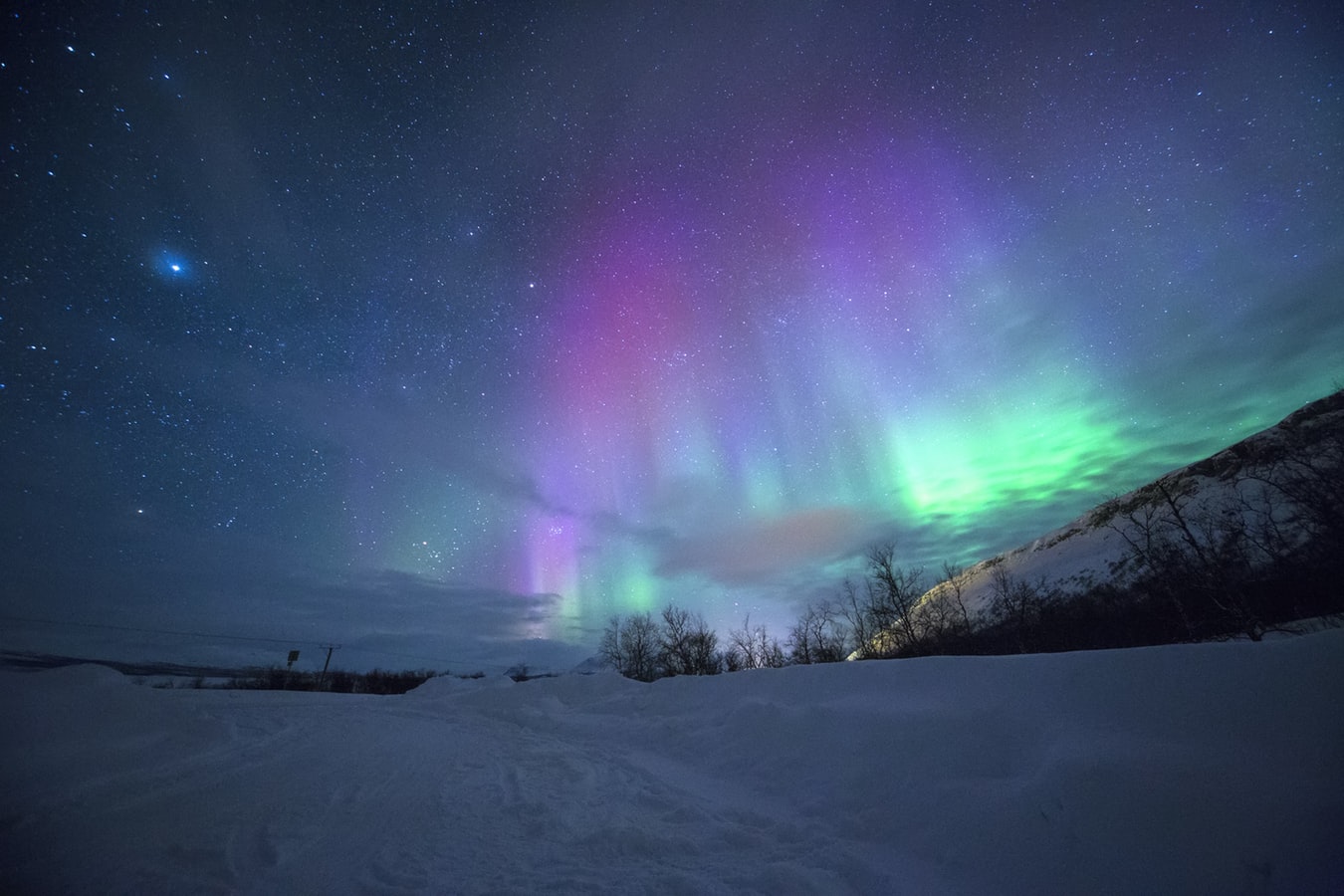Descripción/Description:
The thesis project will be developed within the Cosmic Dust group of the Department of Solar System at IAA where we conduct a national project entitled Laboratory Experiments, ObservatioNs and modellIng of cometary Dust: A new Strategy (LEONIDAS). Studies extend from cometary tails, including exploitation of OSIRIS and Giada-Rosetta data and participation in upcoming missions such as Comet Interceptor, to the Zodiacal Cloud and other circumstellar disks. The work involves researchers from IAA and another Spanish institute (ICV-CSIC). The student will also benefit from our collaborations in Finland and the UK. The project will be carried out in a word-class laboratory facility (Cosmic Dust Laboratory, CODULAB) dedicated to measurements of scattering matrices of cosmic dust analogues and atmospheric aerosols using goniometric spectro-photopolarimetry techniques. Development of the PhD will see the student acquiring, reducing and analyzing new photopolarimetric data in the laboratory, as well as helping in the synthesis of circumstellar dust analogues and characterizing the samples using laser particle sizing and scanning electron microscopy, among others. Astronomical data consisting in scattered light and polarimetry images of circumstellar disks will be provided by our partners at the Institute of Planetology and Astrophysics of Grenoble (IPAG, France). The student, who will be co-advised by Dr. Julien Milli, will be instructed in analyzing astronomical observations using laboratory experimental data and comparing to results obtained using Mie theory as well as other approximations. This facilitates interpretation of physical properties of circumstellar dust, including characterization of size, structure and composition and will better constrain dust disk models. The student will make stays in centers with which we collaborate, will attend relevant astronomical schools and will participate each year in international astronomical meetings to present research results.
Period (months): 36 months
